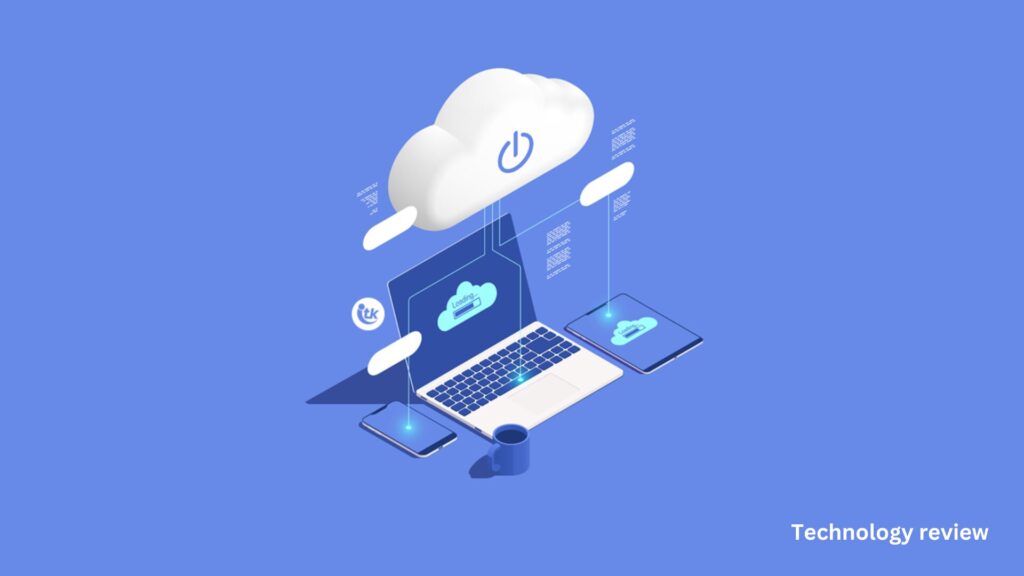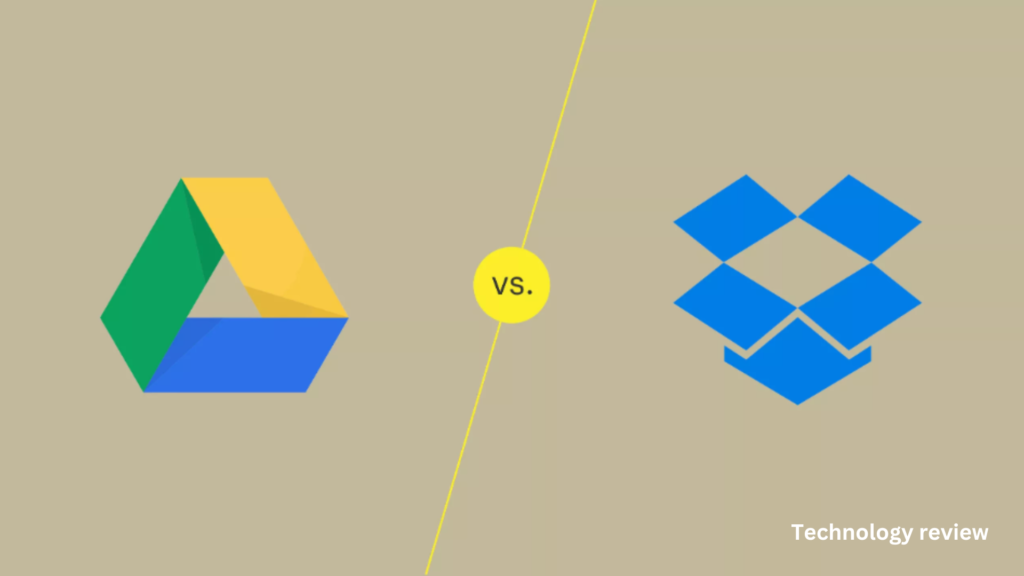Cloud Migration Strategies: Options and Best Practices As your organization considers moving to the cloud, you face a complex landscape of options and decisions. Cloud migration offers tremendous potential benefits in terms of scalability, cost savings, and innovation. However, the process also comes with significant challenges and risks if not executed thoughtfully. To realize the full advantages of cloud computing, you need a well- planned migration strategy tailored to your specific needs and goals. This article will guide you through the key cloud migration approaches, helping you understand the pros and cons of each option. You’ll also learn best practices to ensure a smooth transition and maximize your return on investment in the cloud.
Assessing Your Cloud Migration Strategy Needs
Before embarking on your cloud migration journey, it’s crucial to carefully evaluate your organization’s specific requirements. A well-planned cloud migration strategy ensures a smooth transition and maximizes the benefits of cloud computing.
Identifying Business Objectives
Start by clearly defining your business goals. Are you looking to reduce costs, improve scalability, or enhance data security? Understanding your objectives will guide your cloud migration strategies and help you choose the most appropriate approach.
Evaluating Current Infrastructure
Conduct a thorough assessment of your existing IT infrastructure. This includes:
- Cataloging applications and their dependencies
- Analyzing data storage and processing needs
- Identifying potential compatibility issues
By gaining a comprehensive understanding of your current setup, you can better plan for the challenges and opportunities that cloud migration presents.
Determining Resource Requirements
Estimate the resources needed for your cloud environment. Consider factors such as:
- Compute power
- Storage capacity
- Network bandwidth
This assessment will help you select the right cloud services and avoid over-provisioning or under-provisioning resources.
Assessing Security and Compliance Needs
Evaluate your security requirements and any industry-specific compliance regulations. Ensure that your chosen cloud migration strategies align with these needs to maintain data integrity and meet regulatory standards.
By thoroughly assessing your needs, you can develop cloud migration strategies tailored to your organization’s unique requirements, setting the stage for a successful transition to the cloud.
The 6 Main Cloud Migration Strategies
When considering cloud migration strategies, it’s essential to
understand the six primary approaches that organizations typically employ. These strategies, often referred to as the “6 Rs,” provide a framework for decision-making and implementation.
Rehosting (Lift and Shift)
Rehosting involves moving applications to the cloud without making significant changes. This cloud migration strategy is often the quickest and least complex, making it suitable for organizations looking to migrate rapidly or those with legacy applications.
Replatforming (Lift, Tinker, and Shift)
This approach involves making minor optimizations to applications before moving them to the cloud. Replatforming allows for some cloud-native benefits without completely
rearchitecting the application.
Repurchasing (Drop and Shop)
Repurchasing entails moving from an existing application to a cloud-based SaaS platform. This strategy can be effective for standardized processes like CRM or HR management.
Refactoring (Re-architecting)
Refactoring involves redesigning applications to be cloud- native, leveraging cloud-specific features. While this strategy requires significant effort, it often yields the most benefits in terms of scalability and performance.
Retiring
Sometimes, the best cloud migration strategy is to simply retire applications that are no longer needed. This approach can reduce costs and complexity in your IT environment.
Retaining
For various reasons, some applications may need to remain on- premises. Retaining these applications while migrating others can be part of a hybrid cloud strategy.
Cloud Migration Best Practices
Assess Your Current Infrastructure
Before embarking on your cloud migration journey, it’s crucial to thoroughly evaluate your existing IT infrastructure. This assessment will help you identify which applications and data are suitable for migration, and which might need to be refactored or replaced. Take inventory of your current systems, dependencies, and workloads to develop a comprehensive understanding of your migration scope.
Develop a Detailed Migration Plan
A well-crafted migration plan is essential for successful cloud migration strategies. This plan should outline your objectives, timeline, budget, and resource allocation. Consider factors such as data security, compliance requirements, and potential downtime during the migration process. Prioritize which applications and services to migrate first, based on their criticality and complexity.
Choose the Right Migration Strategy
There are several cloud migration strategies to consider, including rehosting (lift-and-shift), replatforming, refactoring, and rebuilding. Each approach has its pros and cons, so carefully evaluate which strategy aligns best with your business goals and technical requirements. Don’t hesitate to mix and match strategies for different applications within your infrastructure.
Implement Strong Security Measures
As you migrate to the cloud, security should be a top priority. Implement robust encryption, access controls, and monitoring systems to protect your data and applications. Work closely with your cloud provider to understand their security offerings and ensure compliance with industry regulations.
Common Cloud Migration Challenges and Solutions
Cloud migration strategies often face several hurdles, but with proper planning and execution, these challenges can be overcome. Let’s explore some common obstacles and their solutions.
Data Security and Compliance
One of the primary concerns in cloud migration is ensuring data security and maintaining regulatory compliance. To address this:
- Implement robust encryption protocols for data in transit and at rest
- Choose cloud providers with strong security certifications
- Regularly audit and update access controls
Performance and Latency Issues
Moving to the cloud can sometimes result in slower application
performance. To mitigate this:
- Optimize your network infrastructure
- Utilize content delivery networks (CDNs) for faster data access
- Consider hybrid or multi-cloud solutions to balance workloads
Cost Management
While cloud migration can lead to cost savings, it’s crucial to manage expenses effectively. Strategies include:
- Implementing cloud cost optimization tools
- Rightsizing resources based on actual usage
- Leveraging reserved instances for predictable workloads
By addressing these challenges head-on, organizations can ensure smoother cloud migration strategies and reap the benefits of cloud computing more effectively. Remember, successful migration requires careful planning, execution, and ongoing management to fully leverage the cloud’s potential.
Key Takeaways on Cloud Migration Strategies
Assess Your Current Infrastructure
Before embarking on any cloud migration strategies, it’s crucial to thoroughly evaluate your existing IT environment. This assessment helps identify which applications and data are suitable for migration, potential challenges, and the most appropriate migration approach for your organization.
Choose the Right Migration Strategy
There are several cloud migration strategies to consider, each with its own benefits and challenges:
- Rehosting (Lift and Shift): Moving applications to the cloud without major changes.
- Replatforming: Making minor optimizations during the migration process.
- Refactoring: Redesigning applications to fully leverage cloud-native features.
Select the strategy that aligns best with your business goals, budget, and timeline.
Prioritize Security and Compliance
As you implement cloud migration strategies, ensure that security measures and compliance requirements are integrated from the start. This includes data encryption, access controls, and adherence to industry-specific regulations. Partnering with a cloud provider that offers robust security features can significantly enhance your migration’s success and long-term viability.
Conclusion
As you embark on your cloud migration journey, remember that careful planning and a strategic approach are key to success. By assessing your current infrastructure, choosing the right migration strategy, and following best practices, you can minimize disruption and maximize the benefits of cloud adoption. Whether you opt for rehosting, refactoring, or a hybrid approach, ensure that your strategy aligns with your organization’s goals and resources. Stay vigilant about security and compliance throughout the process, and don’t hesitate to seek expert guidance when needed. With the right preparation and execution, your cloud migration can transform your IT infrastructure, boost efficiency, and position your business for future growth and innovation in the digital landscape.



